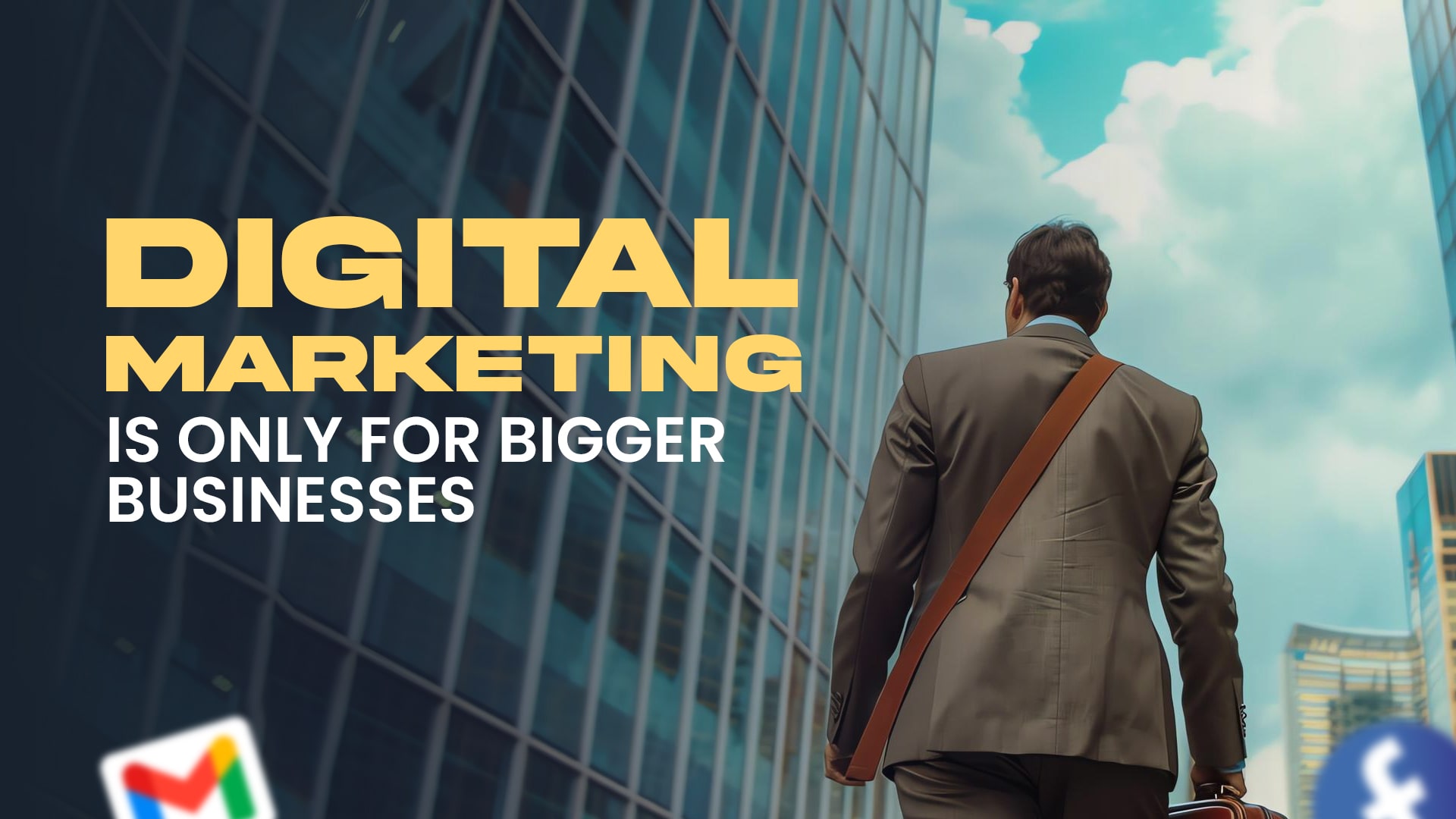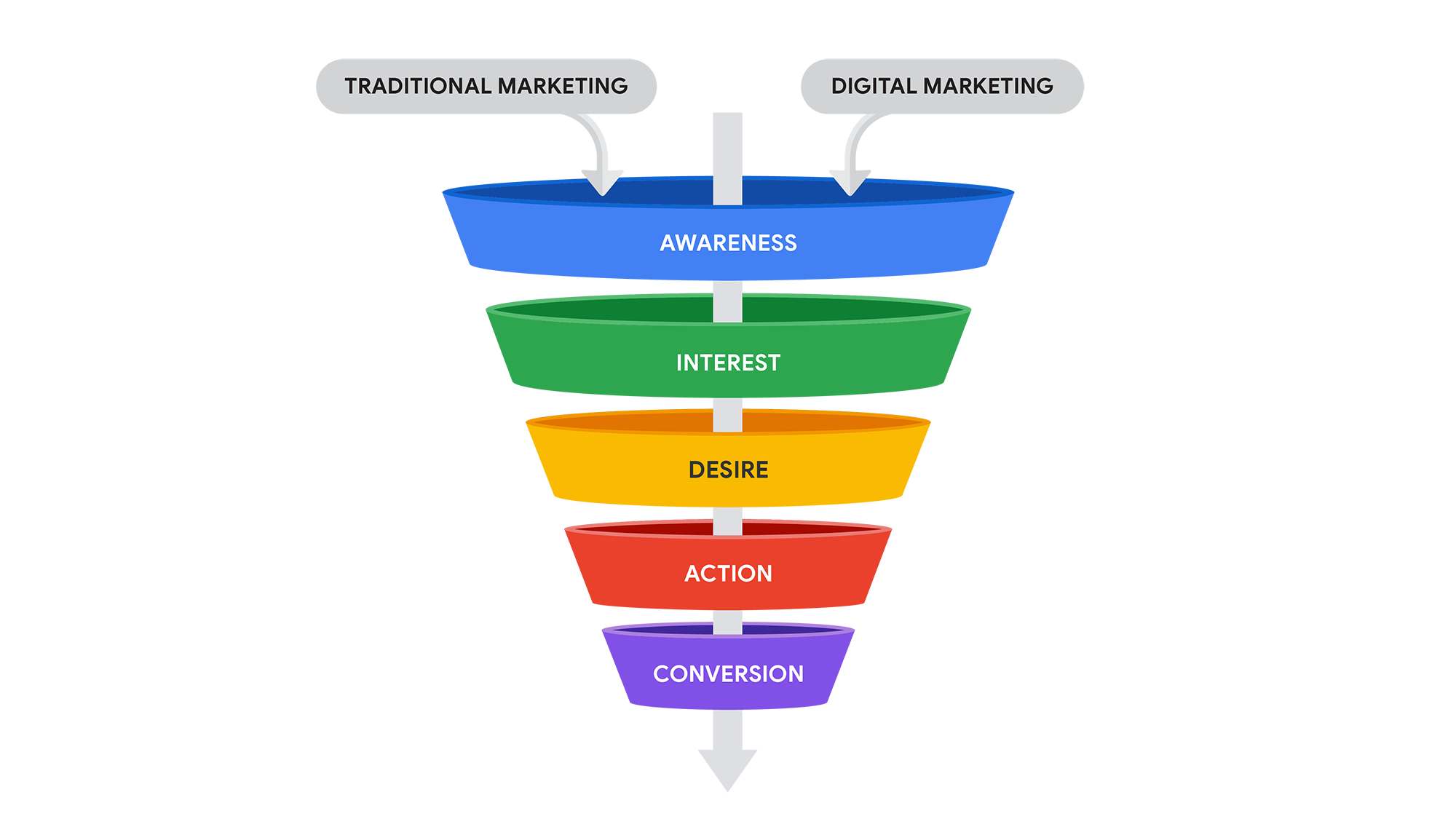 A crucial first step towards success is creating a brand identity that aligns with the principles and features of the business and its offering. Ideally, every aspect of a company’s branding contributes to a single, overarching message. The following nine actions will assist you in creating a strong brand identity:
A crucial first step towards success is creating a brand identity that aligns with the principles and features of the business and its offering. Ideally, every aspect of a company’s branding contributes to a single, overarching message. The following nine actions will assist you in creating a strong brand identity:
1. Conduct research
Begin by analyzing the market and identifying strengths, opportunities and weaknesses. Understand who you are as a company and your point of difference. Pinpoint elements that make you unique from other brands.2. Determine business goals
Form your mission statement based on your brand’s capabilities and the reason behind your brand. Indicate which elements distinguish the company that you work for and why there’s a need for your products or services. If you work for an organization with a defined mission, think about what advertising goals can best support both the company’s and your client’s needs.3. Identify customers
Conduct surveys, focus groups and interviews to identify a consumer group. Understanding customer needs and expectations can help shape brand identity to best build customer loyalty. This may involve conducting audience segmentation and discovering multiple subgroups within your overall audience. You might categorize these subgroups based on various factors, including a customer’s age range, geographic location or shopping habits.4. Determine personality and message
Create or redefine the brand’s personality by considering if your brand focuses on fun or solving a consumer’s problems. The brand’s voice is an identity that remains consistent throughout the branding process and gets clearly communicated through methodical choices in brand identity. All brand elements, from name to color choices and typography, align to create a coherent identity.5. Make a logo
Make or redesign your logo. A logo is a visual trademark or symbol identifying the brand. Similar to a sports team mascot, the logo visually represents the brand and the ideals it embodies.6. Consider other visual elements
Think about how the other visual elements involved in your logo, packaging, advertising or website can embody your brand. This might include considering the following visual aspects:- Color: Unique and specific brand colors instantly increase product visibility. For example, the color choice of heather gray may communicate serenity, while a more robust, more vivid hue of green can portray confidence.
- Shape: The visual appearance of shape identifies some brands as well. For example, a soft drink’s unique square-shaped bottle or a game controller’s linear forms can immediately identify the brand.
- Graphics: Distinct patterns can also help build a memory structure around a specific brand, making identification instantaneous.
- Text: The size and style of your font can communicate a brand’s personality. A wispy font, for instance, might convey a sense of relaxation, while Times New Roman may portray tradition and stability.
7. Create your slogan
Compose or refine the brand’s slogan. This is simply a brand’s position stated memorably. Ideally, a slogan is brief and memorable so that it’s easy for customers to recall. Many brands, for example, use slogans with alliteration or rhymes.8. Decide on your tone
Figure your brand’s style or tone. Specific word choice, or “diction,” is the vocabulary used in connection to the brand and helps to shape the brand’s tone and attitude. The type of language used to communicate to consumers can dictate the type of customer the brand attracts. The tone of your brand typically connects to its personality. For example, a brand focused on fun might use a more casual tone, while a brand that provides medical devices may prefer to cultivate empathy.9. Think about your audience’s other senses
Consider how you can awaken your consumers’ other senses through your branding when relevant. Also referred to as sensory branding, this type of marketing might appeal to all five of a prospective customer’s senses. Here’s a brief description of how you might incorporate the other three senses into your branding:- Sound: A brand’s unique set of auditory notes, tones or sounds can help to raise brand awareness. Often, a musical jingle might bring the brand name to a customer’s mind, leading to a stronger brand identity.
- Taste: A brand’s flavor or flavor combinations can play a crucial role. For example, a restaurant might offer a secret sauce in a specific dish, while a particular brand of soft drink might offer 27 flavors that are uniquely their own.
- Touch: For companies that sell products, consider how that product physically feels. You might think about, for example, if the product or packaging feels heavy, smooth or rough to the touch and how that contributes to the branding.
- Scent: Companies that sell products with smells, like food or beauty products, might consider refining specific scents that customers can associate with that brand.
If you’re ready to take your brand to the next level, our expert team is here to help. Contact us today to start building a brand identity that stands out and drives success. Let’s create something extraordinary together!


 Web development is in a constant flux. It changes with technology and dynamic user expectations. Moving into the future, several trends and innovations are going to change the way in which websites and web apps would be developed and consumed. Here is an inkling into what one should expect in the future of web development.
Web development is in a constant flux. It changes with technology and dynamic user expectations. Moving into the future, several trends and innovations are going to change the way in which websites and web apps would be developed and consumed. Here is an inkling into what one should expect in the future of web development.

 Did you know the Great Wall of China actually isn’t visible from space? At least not to the naked eye.
Also: bats aren’t blind, Viking helmets didn’t have horns, and toilet water in the Southern hemisphere does NOT rotate the other direction.
We love busting myths!
So, in this article,we’re going to take 5 of the most commonly held beliefs about digital marketing and hold them up to the light.
The internet is so full with information that it’s simple for marketing falsehoods to catch on fire. To dispel these myths, we need to be proactive in our efforts. Join me as we dispel the top 5 fallacies around digital marketing and give you useful, workable solutions that will let you take control of your marketing approach.
Did you know the Great Wall of China actually isn’t visible from space? At least not to the naked eye.
Also: bats aren’t blind, Viking helmets didn’t have horns, and toilet water in the Southern hemisphere does NOT rotate the other direction.
We love busting myths!
So, in this article,we’re going to take 5 of the most commonly held beliefs about digital marketing and hold them up to the light.
The internet is so full with information that it’s simple for marketing falsehoods to catch on fire. To dispel these myths, we need to be proactive in our efforts. Join me as we dispel the top 5 fallacies around digital marketing and give you useful, workable solutions that will let you take control of your marketing approach.

 Since the web first ushered in a new era of e-commerce, marketplaces, payment services, and massive scaling of shipping and distribution networks have made e-commerce successful. This reading considers how e-commerce might change over the next decade.
Since the web first ushered in a new era of e-commerce, marketplaces, payment services, and massive scaling of shipping and distribution networks have made e-commerce successful. This reading considers how e-commerce might change over the next decade.
 4. After clicking View in 3D, if you want to view a true-to-size version of the animal in your physical space, click View in your space.
Note: This step requires you to give the app access to your device’s camera, microphone, and device storage.
4. After clicking View in 3D, if you want to view a true-to-size version of the animal in your physical space, click View in your space.
Note: This step requires you to give the app access to your device’s camera, microphone, and device storage.
 A
A  Desirable outcomes for a sales funnel, like the one shown in the graphic, might be:
Desirable outcomes for a sales funnel, like the one shown in the graphic, might be:
 Desirable outcomes for a digital marketing funnel, like the one shown in the graphic, might be:
Desirable outcomes for a digital marketing funnel, like the one shown in the graphic, might be:

 You may have heard about the customer journey, now before a purchase happens, each interaction with a brand during a customer journey is called a touchpoint.
Customer Touchpoints are important to monitor because they reveal the kinds of decisions customers are making during their customer journey to purchase your product or service. Touchpoints occur when a customer engages with your website or mobile app. But they also include customer interactions on all media channels before a customer discovers your website.
This reading explains how to classify touchpoints for media channels, and how to use these touchpoints to learn more about your customers.
You may have heard about the customer journey, now before a purchase happens, each interaction with a brand during a customer journey is called a touchpoint.
Customer Touchpoints are important to monitor because they reveal the kinds of decisions customers are making during their customer journey to purchase your product or service. Touchpoints occur when a customer engages with your website or mobile app. But they also include customer interactions on all media channels before a customer discovers your website.
This reading explains how to classify touchpoints for media channels, and how to use these touchpoints to learn more about your customers.

 As a digital marketer, being inclusive is an essential part of making deeper connections with your customers. Inclusive marketing is the practice of improving representation and belonging within the marketing and advertising materials that an organization creates.
In this reading, you’ll discover why inclusive marketing is important and how a company can make inclusion part of their
As a digital marketer, being inclusive is an essential part of making deeper connections with your customers. Inclusive marketing is the practice of improving representation and belonging within the marketing and advertising materials that an organization creates.
In this reading, you’ll discover why inclusive marketing is important and how a company can make inclusion part of their Traditional marketing is marketing that isn’t online. Marketers reach potential customers through printed media, television, radio, direct mail, phone calls, or billboards. Digital marketing is marketing that is exclusively online. Digital marketers focus on potential customers who engage with online content, including search engine results, email, video, blogs, or social media.
This reading describes the advantages digital marketing has over traditional marketing and some definite challenges, too.
Traditional marketing is marketing that isn’t online. Marketers reach potential customers through printed media, television, radio, direct mail, phone calls, or billboards. Digital marketing is marketing that is exclusively online. Digital marketers focus on potential customers who engage with online content, including search engine results, email, video, blogs, or social media.
This reading describes the advantages digital marketing has over traditional marketing and some definite challenges, too.